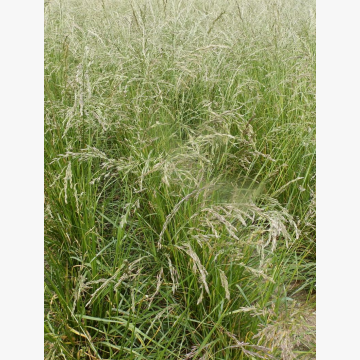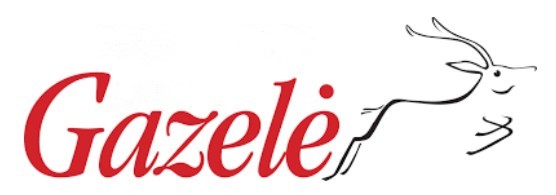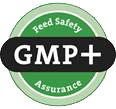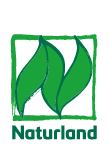- Home
- Seeds
- Fodder grasses and legumes
- FORAGE GRASSES
- Tall fescue MEDAINIS
FOR CONSULTATIONS APPLY TO:
Commercial director
Lina Smalskienė
tel. +370 618 02 551
e-mail linak@agrolitpa.lt
Sales manager
Tautvydas Kliučininkas
tel. +370 681 35 093
e-mail tautvydask@agrolitpa.lt
Sales manager
Eglė Petkevičienė
tel. +370 626 95 458
e-mail eglep@agrolitpa.lt
Sales manager
Kotryna Nakrošytė
tel.: +370 601 39 282
e-mail kotryna@agrolitpa.lt
Tall fescue MEDAINIS
A very late, high yielding, forming a tall stem and long inflorescences tall fescue, with good resistance to unfavourable climatic factors
- High yields
- Late heading
- Leafy
- Winter hardy
- Resistant to leaf diseases
- Regenerates quickly after cutting or grazing
- Most suitable as a component in mixtures with other grasses and small-grain legumes in mowed meadows
- Good fodder value at early cuts
- Suitable as energy grass
- High yielding
- Heading time – late
- Forms a tall stem and long inflorescences
- Winter hardy
- Resistant to leaf diseases
- Regenerates quickly after cutting or grazing
- Moderately drought resistant
- Leaves make up an average of 50.4 % of the plant mass
- Crude protein content DM – 12.2-14.8 %
- Water-soluble carbohydrate content DM – 15.0 %
- Can be used for meadows
- Most suitable as a component in mixtures with other grasses and small grain legumes in meadows
- Good fodder value when cut with mid-early grasses
- Due to its roughness, it is less suitable for pastures
- When cutting late, quite a lot of lignin accumulates
- Suitable for energy purposes
- High amounts of nitrogenous substances and water-soluble carbohydrates, optimal ratio of C:N (25:5) in biomass indicate that the variety is suitable for biogas production
- Grows in all types of wetter soils, except heavy clay, dry sand and strongly acidic soils
- Dry matter yield – 15.88 (12.92-18.65) t/ha
- Vegetation period until the first harvest – 159 days
- Plant height – 116.4 cm
- Winterhardiness – 8.7 points (out of 9.0)
- Resistance to lodging – 8.7 points (out of 9.0)
- Leafiness – 48.5 %
- Moderately resistant to fungal diseases
- Resistant to adverse climatic factors
- Produces a lot of seed (0.9 (0.8-1.0) t/ha seed yield determined by the Institute of Agriculture of LRCAF)
- Protein content DM – 12.6 %
- Fiber content DM – 31.18 %
* According to the data of variety economic value trials at Plunge and Pasvalys AVTS in 2017-2018.
The varietal parameters may differ from those indicated here when the testing circumstances differ from quondam
Recommended sowing rate: 9-12 kg/ha for pure crop. In mixes with other fodder grasses – 2-5 kg/ha, in mixture with alfalfa – 2-4 kg/ha
Keravos sreet. 17, Kerava,
LT-38 131 Panevėžys district, LITHUANIA
Enterprise's code 168598128
VAT code LT685981219
Tel. +370 615 11 315
E. mail info@agrolitpa.lt




.JPG)


